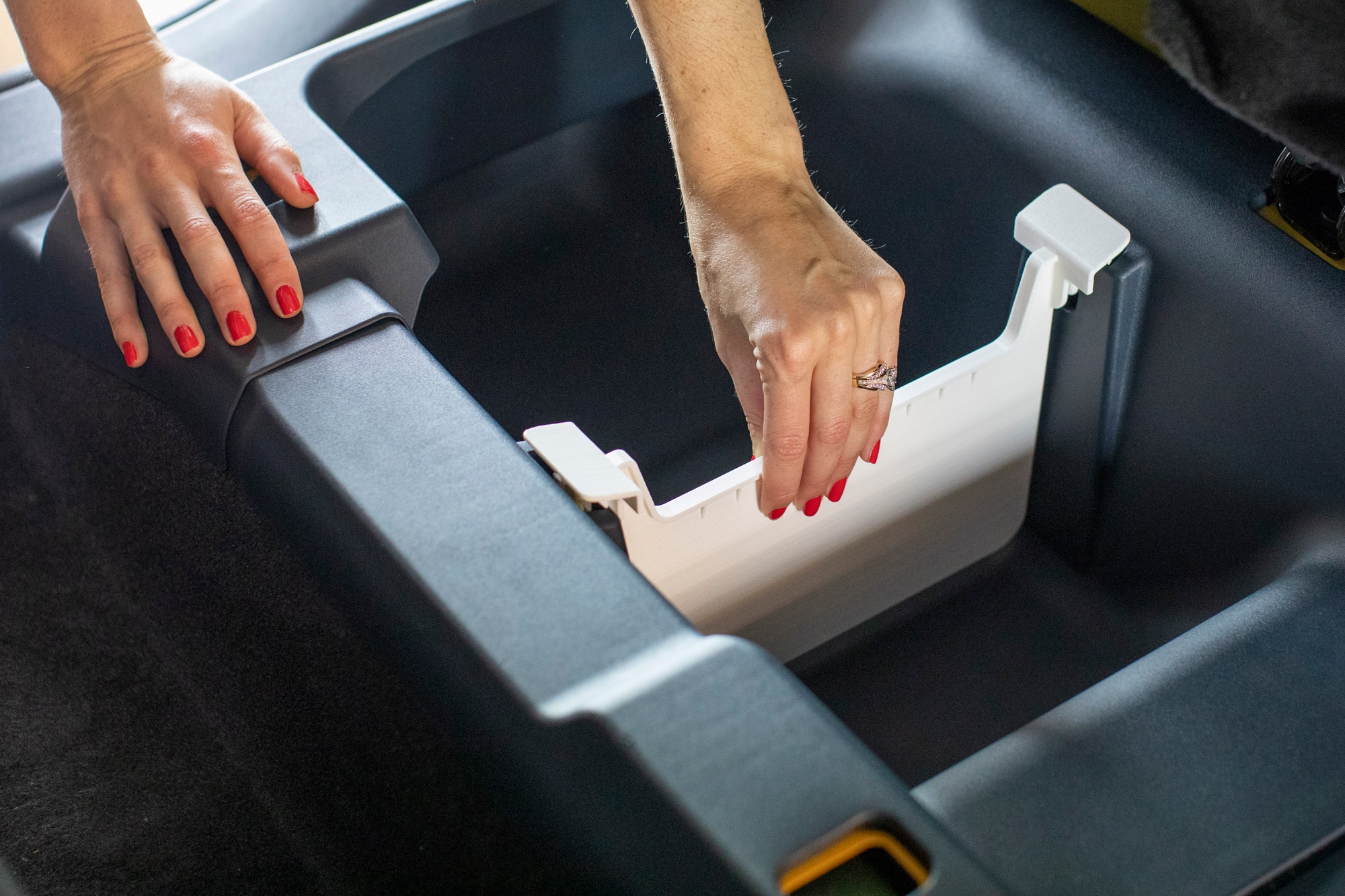What to Know About Financing Accessories for Your New Car
Certain accessories are worth the long-term investment. But it pays to know what you’re buying.
 Ford
Ford
Article QuickTakes:
When a car leaves the factory, it’s never complete. About half of all new vehicles in the U.S. are fitted with accessories within the two first years of purchase, according to a consumer study by Foresight Research. The Specialty Equipment Market Association reported that in 2021, Americans dropped $50.9 billion on specialty automotive equipment. That’s everything from floor mats and first aid kits to big-money items like truck racks and body kits. To better compete with the aftermarket companies that dominate the accessory market, automakers sell their own accessories through dealerships, hoping to tempt you into that sparkling set of 22-inch rims or a branded car cover. Salespeople are eager to inflate a vehicle’s final transaction price with expensive and desirable parts. Your concern should be this: If your heart is set on certain accessories, do you finance them with the sale or wait to buy them later?
Expensive and Essential Accessories You Can (Mostly) Install Yourself
Pickup truck buyers spent a third of that $50 billion. Since they’re meant for hardworking jobs, truck accessories are essential to support the various types of cargo, loads, and bed configurations that truck owners need. For a truck, it’s worth financing accessories sold by an automaker if the prices are competitive with aftermarket retailers. You’ll get the manufacturer’s stamp of approval that many of these parts fit and meet quality standards, which isn’t a guarantee when you shop on your own. That said, be aware that, unlike performance parts such as wheels and exhausts, certain truck accessories may not be licensed or warrantied by the automotive manufacturer. In general, it makes sense to finance expensive parts you want to avoid paying off immediately. To save more, try to pick parts you can easily install to avoid labor costs. Trucks come from the factory with mounting points to accommodate self-installation of tonneau covers, sport bars, bed extenders, tow hitch receivers, bike racks, and more.
Body accessories for cars and SUVs such as spoilers, skirts, running boards, and diffusers are best left to a professional, but to guarantee a perfect fit, it’s worth financing them when they’re designed and approved by your vehicle’s maker. The same goes for a second set of wheels, which are often cheaper to buy with your car at the time of sale than after the fact.
What Accessories to Avoid Financing
Low-cost add-ons like dashcams, floor mats, cargo nets, shift knobs, and badges will add up fast if you finance them. Rather than paying interest on these items over years, buy them like you would a nice dinner at a restaurant. Make purchasing them a one-time cash payment with sales tax and be done with it. The same rule applies to accessories you don’t need right away, such as an auxiliary trailer camera that feeds into a truck’s factory 360-degree camera system. Performance parts—such as exhausts, springs, brakes, and software tunes—are likely best left to the aftermarket and intense research. Do so at your own risk of damaging your vehicle. If you lease, forget them entirely—you’ll be voiding the warranty and your lease contract.
Not All Factory Accessories are Equal
When you order a vehicle, it’s possible that features that might appear to be standalone factory options will actually have been installed at the dealership or at the port (the regional distributor of an automaker’s vehicles). That could include remote start, in-car Wi-Fi, mud flaps, ambient lighting, and other items that require technical and mechanical expertise. Liability for poor workmanship or a bungled install will be on that distributor or dealership, not the automaker. This is a risk whenever a feature you want can’t be installed at the factory. Keep that in mind and make sure you trust the dealer’s shop before committing to dealer installed accessories and add-ons.



